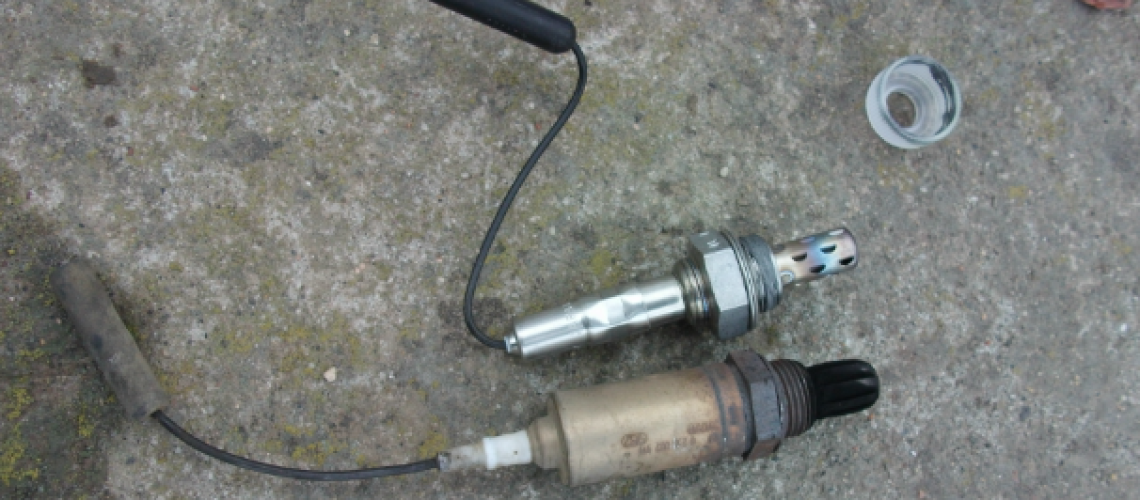The oxygen sensor (O2 sensor) is an integral part of your vehicle’s emission control system.
It helps your vehicle to maintain optimal performance by monitoring the level of oxygen in the exhaust gases. Over time, the O2 sensor can become coated with oil, soot, fuel byproducts, and other contaminants, causing it to function less effectively.
Cleaning your O2 sensor can help to restore its functionality and improve the performance of your vehicle.
What Can I Use to Clean My O2 Sensor in My Car?
Cleaning an O2 sensor is a delicate process that requires the right tools and cleaning solutions. While there are specialized O2 sensor cleaners available in the market, a common and effective solution is a 50/50 mix of water and vinegar or a mild detergent. This solution is often effective in removing the built-up contaminants on the sensor.
To clean the O2 sensor, follow these steps:
- Remove the O2 Sensor: First, you need to locate and remove the O2 sensor from your vehicle. It’s typically found in the exhaust manifold. Use an O2 sensor socket or a crowfoot wrench to remove it.
- Prepare Your Cleaning Solution: Mix equal parts of water and vinegar or a mild detergent in a container. The mixture should be enough to fully immerse the O2 sensor.
- Clean the O2 Sensor: Immerse the O2 sensor in the cleaning solution and allow it to soak for several hours, or overnight if possible. This will help to dissolve and remove the built-up contaminants on the sensor.
- Rinse and Dry: Once the O2 sensor has soaked, rinse it thoroughly with clean water and allow it to dry completely before reinstalling it in your vehicle.
Can You Clean O2 Sensor with Carb Cleaner?
Carburetor cleaner is another common household product that can be used to clean an O2 sensor. It’s a powerful solvent that’s designed to dissolve and remove dirt, gum, and varnish deposits that can build up in a carburetor.
To clean your O2 sensor with a carb cleaner, follow the same steps as above, but replace the vinegar-water solution with the carb cleaner. Soak the sensor in the cleaner, then rinse it with water and let it dry before reinstalling.
However, it’s important to note that carb cleaner is a harsh solvent and should be used with care. It can potentially harm the sensitive components of the O2 sensor if not used properly. Therefore, it’s generally recommended to use a milder cleaning solution unless the sensor is extremely dirty or contaminated.
Will Seafoam Clean O2 Sensors?
Seafoam is a popular automotive product that’s designed to clean and restore the performance of various components of your vehicle’s fuel system. However, its effectiveness in cleaning O2 sensors is debatable.
While Seafoam can help to clean the fuel system and potentially reduce the amount of contaminants that reach the O2 sensor, it’s not specifically designed to clean the sensor itself. If the O2 sensor is already contaminated, using Seafoam may not be enough to restore its functionality.
Moreover, excessive use of Seafoam or similar products can potentially lead to an over-rich fuel mixture, which can cause additional deposits on the O2 sensor and other components of the exhaust system.
Will a Fuel Cleaner Help O2 Sensor?
Fuel system cleaners are designed to clean the fuel injectors, carburetors, and intake valves in your vehicle, and they can indirectly help to keep your O2 sensor clean. By cleaning the fuel system and improving combustion, these products can help to reduce the amount of contaminants that reach the O2 sensor.
However, like Seafoam, fuel system cleaners are not specifically designed to clean the O2 sensor itself. They can help to prevent contamination, but they may not be effective in removing existing deposits on the sensor. If your O2 sensor is already dirty or contaminated, you may need to clean it manually or replace it to restore its functionality.
Conclusion: When to Clean and When to Replace?
Cleaning your O2 sensor can help to improve its performance and extend its lifespan.
However, it’s important to note that this is not always the best solution.
If the sensor is heavily contaminated or if it’s been in use for a long time, cleaning may not be enough to restore its functionality. O2 sensors typically have a lifespan of about 100,000 to 150,000 miles, and they may start to fail after this point due to normal wear and tear.
Moreover, while cleaning the O2 sensor can be a cost-effective solution in some cases, it requires time and effort. If the sensor is failing, it may be more practical to simply replace it. A new O2 sensor can provide more accurate readings, helping to optimize your vehicle’s performance and fuel efficiency.
While there are various methods and products that can be used to clean an O2 sensor, it’s important to consider the condition of the sensor and the specifics of your vehicle before deciding on the best course of action.
If you’re unsure, it’s always a good idea to consult with a professional mechanic or your vehicle’s manufacturer.


